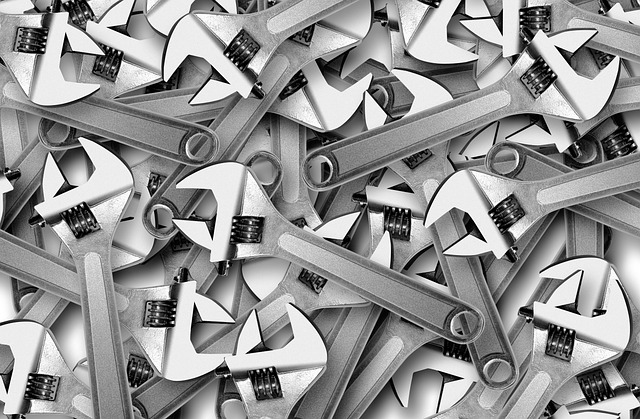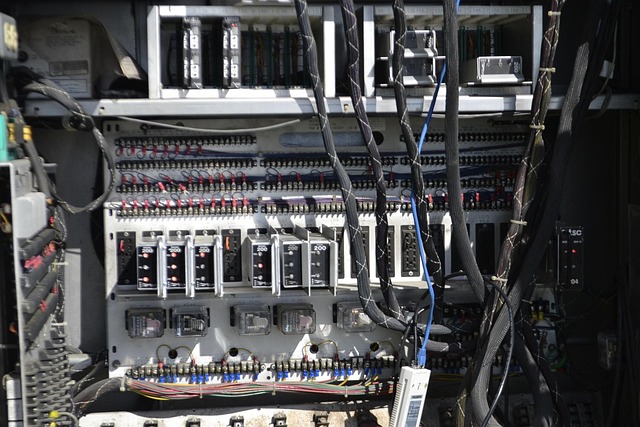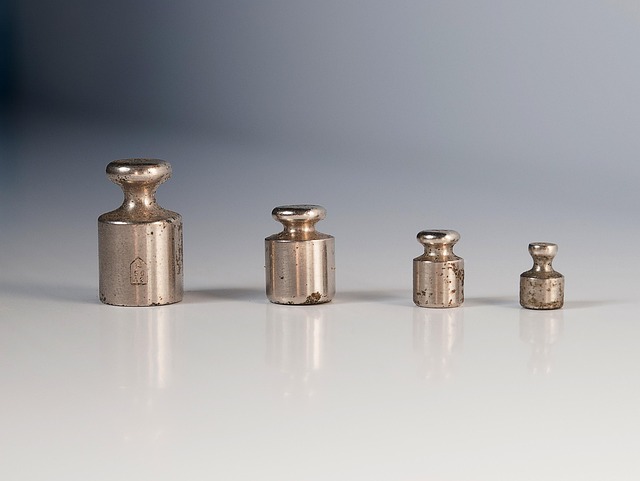The Ultimate Guide to Adjustable Hardware
When it comes to home improvement or DIY projects, adjustable hardware has become a key player in ensuring flexibility and functionality. Whether you’re a seasoned professional or a weekend warrior, understanding the nuances of adjustable hardware can greatly enhance your projects. This guide will provide you with insights to help you navigate this essential category of tools and materials.
What is Adjustable Hardware?
Adjustable hardware refers to a wide array of tools and components designed to be modified for various needs. This can include everything from adjustable shelving brackets to tension rods, and even dynamic hinges. The beauty of adjustable components lies in their ability to cater to changing needs—ideal for those who are frequently reevaluating their spaces or tackling different types of projects.
Benefits of Using Adjustable Hardware
- Flexibility: One of the greatest advantages of adjustable hardware is its adaptability. As your space evolves, so can your hardware solutions. You can easily modify shelving heights, curtain lengths, or even furniture arrangements.
- Cost-Effectiveness: Investing in adjustable options can save you money in the long run. Instead of purchasing new hardware each time you want a change, you can simply adjust what you already have.
- Ease of Use: Many adjustable hardware pieces are designed for straightforward installation and use. This accessibility allows even novice DIYers to jump in with confidence.
- Customization: With adjustable hardware, you can tailor your installations to fit your unique style and preferences. Create a personalized space that reflects your taste.
Types of Adjustable Hardware
Let’s explore some popular types of adjustable hardware that you might find beneficial:
1. Adjustable Shelving
Adjustable shelving systems are perfect for optimizing space and ensuring that your belongings can be organized efficiently. With brackets that can be repositioned and shelves that can be cut to size, these systems are an excellent choice for both storage and display.
2. Tension Rods
Ideal for curtains and shades, tension rods provide an easy way to hang drapery without any permanent fixtures. They fit snugly between walls and can be adjusted for desired length, making them a versatile option for various window sizes.
3. Adjustable Hinges
Whether you’re installing a cabinet door or a gate, adjustable hinges can offer improved alignment and function. They allow you to adjust the angle or height of the door, ensuring smooth operation and reducing wear over time.
4. Folding Furniture
Folding tables and chairs are fantastic examples of adjustable hardware that save space while still providing functionality. With a quick adjustment, you can transform a compact area into a usable workspace or dining area.
Choosing the Right Adjustable Hardware
When selecting adjustable hardware for your projects, consider factors such as the intended use, weight capacity, materials, and ease of installation. Always opt for quality to ensure durability and reliability over time, as this will enhance your overall experience.
Installation Tips
To get the best results from your adjustable hardware, keep the following tips in mind:
- Always follow the manufacturer’s instructions for installation to ensure safety and proper function.
- Measure carefully before making any adjustments to ensure a precise fit.
- Use appropriate tools for the best results and be patient during the installation process.
Adjustable hardware can be a game-changer for anyone looking to enhance their living space or tackle a DIY project. By understanding the benefits, types, and implementation of adjustable components, you can turn any space into a perfectly tailored environment that suits your needs and lifestyle.




